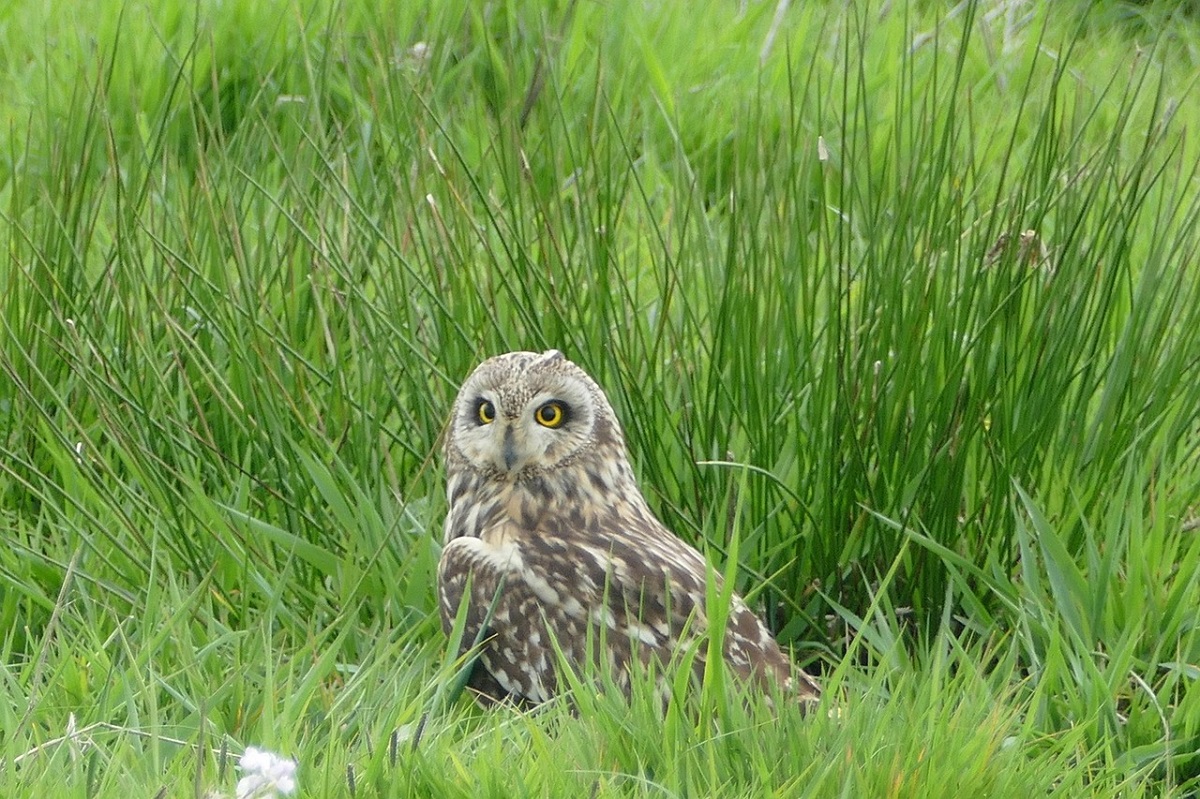- Details

Did you know that every third Friday of May, May 16 this year, is observed as Endangered Species Day? The day was designated by Congress in 2006. In Illinois alone, the Illinois Department of Natural Resources has listed over 400 such species, ranging from birds, mammals, reptiles, insects and more! Wildlife refuges, gardens, schools, libraries, museums, community groups, nonprofits, and individuals will hold special programs or events on this day.
Each species plays an important role in Illinois’ ecosystem. By bringing awareness to these species, both threatened and endangered, the day reminds the public of the importance in supporting conservation organizations, encouraging action to protect wildlife and advocating for policy changes to ensure that the state’s ecosystem is environmentally stable.
- Details

As Earth Day nears, it is important to recognize efforts to keep our planet healthier, safer and viable for the future. One organization, Living Lands and Waters, founded by Chad Pregracke, is a remarkable example of what happens when we come together to make our communities a better place to live.
Pregracke grew up in East Moline on the banks of the Mississippi River, witnessing firsthand the amount of trash and debris collected along the banks of the river from human activity. At 17, he decided to begin single-handedly removing the garbage. A few years later, in 1998, he founded Living Lands and Waters.
Since the founding of the organization, Pregracke, his crew and volunteers have conducted over 1,400 community cleanups on 25 rivers in 23 states, removed a remarkable 13.5 million pounds of garbage and planted over 2.1 million trees in their efforts to reclaim waterfronts.
- Details

Springtime in Illinois brings longer days and warmer temperatures, but most importantly, nature begins to bloom and the state landscape transforms, bringing mesmerizing sites.
In honor of the beginning of spring, here are a few flower shows to welcome the new season:
Spring Floral Show at the Washington Park Botanical Garden – Springfield
Celebrate the beauty of spring at the Washington Park Botanical Garden! From March 22 to April 13, immerse yourself in vibrant floral displays displaying the season’s most stunning blooms. This free annual event is a perfect way to witness nature’s rebirth. Visit the Springfield Park District’s website for more details.
- Details

Eagle watching is popular free and fun community event for numerous areas across the state! The first eagles arrive in December, and most leave by mid-March. January and February are the best months to see eagles, whether at a state park or wildlife refuge, here is a list of some of the best locations to see our protected national birds:
- Details

Located in the northeast corner of the state in Zion, the Illinois Beach State Park has unfortunately suffered from beach erosion and loss of habit for three costal bird species over the years, including the piping plover, common tern and Caspian tern.
To protect the state’s last remaining natural shoreline, major investments were made into an impressive and historic shoreline stabilization project that was recently completed in October. The $73 million investment allowed for the necessary construction of new offshore stone breakwater structures to shelter the Lake Michigan shoreline from wave energy.
The park – located roughly 50 miles north of Chicago – is a major source of tourism for the area. In 2015, 1.2 million visitors came to the park to enjoy boating, hiking, swimming and more along its 4,160 acres. The shoreline stabilization project was also selected for the 2024 Best Restored Beach award through the American Shore and Beach Preservation Association.



